By John D. Gresham
In the decade since the fall of the Berlin Wall and end of the Cold War, a truly amazing volume of material on the intelligence efforts of the period has come to light. Much of this has exposed the many technical intelligence (TECHINT) collection systems that were developed in the 1950s and 1960s by both sides. Amid massive publicity, the United States and Russia have released vast photographic archives that were accumulated as a result of the CORONA and ZENIT satellite programs. CORONA, in particular, was a revolution in intelligence collection because it removed the risks of flying manned aircraft over denied territory. When DISCOVERER 14 delivered the first usable CORONA photos on August 18, 1960, a new era of overhead intelligence-collection started.
However, CORONA was not the first successful satellite-based intelligence-collection system. That honor goes to a small and little-known program called GRAB/TATTLETALE, and therein lies one of the Cold War’s little historical footnotes.
Thursday, May 5, 1960 was a very bad day for President Dwight D. Eisenhower. That day, he was informed that Soviet Premier Nikita Khrushchev had announced the shooting down of an American U-2 reconnaissance aircraft near Sverdlovsk four days earlier in a speech at the Kremlin. It was the beginning of a crisis that would culminate days later with the Soviets announcing the capture of U-2 pilot Francis Gary Powers, eventually wrecking a summit conference in Paris later that month. Eisenhower and his administration would be badly embarrassed by the U-2 incident, destroying his hopes for a rapprochement with the Soviets. It was the beginning of the “hot” portion of the Cold War, which would end three years later with the Cuban Missile Crisis. As might be imagined, May 5 was a bad choice for someone to ask Eisenhower permission for a brand-new “black” intelligence-collection system to go into service. So-called “black” programs are efforts so classified that they do not appear as a line item in the annual federal budget. To work in such a program requires an extremely high security clearance, and the programs are usually paid for by siphoning money from other programs.
Very few people outside of a closed circle of intelligence professionals and historians knew or know of Dwight Eisenhower’s obsession with developing TECHINT capabilities in the late 1950s. He had come to the presidency at a time when surprise attack by the Soviet Union with thermonuclear weapons was a real fear in America, and war between the superpowers seemed almost inevitable. The closed nature of Soviet society only fanned American paranoia, and military leaders like air force generals Curtis LeMay and Tommy Powers actually advocated pre-emptive strikes against the Communist world. Clearly the only way to defuse his own war camp and still do his job of protecting U.S. national security was for Eisenhower to find ways to accurately predict any planned Soviet attack. Turning to an advisory committee headed by Edwin “Din” Land, inventor of the Polaroid camera, he found the solution in a new family of TECHINT systems that would provide the data needed to keep the peace. The first of these was the classic Lockheed U-2 reconnaissance plane, which overflew the Soviet Union from 1956 to 1960.
The U-2 was always viewed as an interim system that eventually would be vulnerable to improving Soviet air defenses. Something flying higher and faster would obviously be needed in the years to come. That something became intelligence-collection satellite systems. Satellites had a major advantage over manned aircraft in that shooting one down was extemely difficult and, even if done, provided no evidence or prisoners to inflame public opinion. Best of all, when the USSR orbited Sputnik 1 in October of 1957, it set an international precedent for allowing any nation to orbit satellites over any other nation without protest. This meant that, at least on paper, a satellite could overfly a target and do anything it wanted, with the possible exception of dropping a nuclear weapon upon it. This was the logic that drove U.S. intelligence planners when they began to look at the viability of satellites to collect data from Earth orbit.
The first such program was Air Force Weapons System (WS) 117L, which would eventually become Project CORONA after a change of name and being taken over by the Central Intelligence Agency (CIA). CORONA would provide a replacement for the U-2’s photographic capabilities, although not some of the electronic collection systems that it had carried over Russia. Those electronic intelligence (ELINT) recording devices had been almost as valuable as the cameras the U-2s had carried during overflights of the Soviet Union. Without the ability to provide intelligence analysts with high-quality electronic signals data, it would be impossible to develop countermeasures geared to protect American bombers against the new family of air-defense systems being developed by the USSR. Clearly, something would have to be done to replace the ELINT collection systems on the U-2, and this is where the story of the GRAB/TATTLETALE system really begins.
On a dark and stormy night in the spring of 1958, an engineer from the Naval Research Laboratory (NRL) in Washington, DC was having dinner at a Howard Johnson’s restaurant. Reid Mayo was returning home from a business trip and was waiting out the storm while he grabbed a bite to eat. As he ate, Mayo contemplated how to collect information on a new family of low-frequency, long-range radars, known as TOKEN and GAGE, being developed by the Soviet Union. Designed to provide distant early warning of approaching bombers, the new radars would give the Soviet Air Defense Forces (PVO-Strany) more time to launch interceptors and prepare surface-to-air missile (SAM) batteries. For crews of the Strategic Air Command (SAC) bombers who would go head-to-head with PVO-Strany, something would have to be done to defeat the new radars. New electronic countermeasures gear for the bombers would require high-quality ELINT recordings of the radars, collected inside of their main beams or lobes. Getting those recordings, though, was a tough matter. By 1958, U-2 overflights were already being restricted by President Eisenhower, who approved every U-2 mission and target personally. There was no way that a manned aircraft-based system was going to get sufficient ELINT recordings from any of the TOKEN or GAGE radars. (These were names assigned by NATO, and were not the system designations used by the Soviets.)
As he finished his dinner, Mayo realized that because of their vast power and range, the main (front) electronic lobes of the TOKEN and GAGE radars would extend well above the atmosphere, into near-Earth space. This meant that a satellite flying in low-Earth orbit might be able to intercept the TOKEN or GAGE radar signals, and then retransmit them back to a ground station. He sketched out the concept on the paper placemat at his table, then took it home with him. Mayo then carried the sketch with him to work at NRL the next day. His supervisor took the placemat (which Mayo never saw again) and eventually returned with news that his idea had become a full-fledged “black” intelligence-collection program, which would be dubbed Project TATTLETALE by Naval Intelligence. There would also be support from the CIA, the departments of Defense and State, and the White House, where ultimate control of the system would be kept. Despite the wide support for TATTLETALE, fewer than two hundred persons would actually know the details of the project.
The Project TATTLETALE payload would be “piggybacked” onto another vehicle, one of the Navy’s early TRANSIT-series navigation satellites. The TATTLETALE system would itself be cloaked by a cover story, a research payload known as the Galactic Radiation and Background (GRAB) system. The GRAB equipment was designed by a University of Iowa team headed by Dr. James Van Allen, who had already designed instrumentation packages for the early EXPLORER satellites. Those instruments had discovered the radiation belts around the Earth, which were subsequently named after Van Allen. For GRAB, his team would produce a much more sophisticated radiation detection package, though they would never know about the TATTLETALE system that would also be riding alongside their instruments. The GRAB package would even be the subject of open press releases, which generated some extremely positive newspaper headlines. By hiding TATTLETALE in the “open,” it would remain a secret for the next 38 years, with even the families of program officials not knowing of the vital work of their loved ones.
After two years of work, the first of the GRAB/TATTLETALE packages was ready in the spring of 1960 and was scheduled to be launched in mid-July. As was required by earlier guidance, President Eisenhower needed to give final approval prior to the launch of the satellite. It therefore came down to Eisenhower on that dismal May 5 to decide whether or not the GRAB/TATTLETALE package would actually be launched. His mood could not have been good. Along with the U-2 shootdown, the CORONA program had failed to produce a single picture from orbit after 11 tries. He could not have been optimistic. He had secretly invested millions of dollars into satellite intelligence collection and had not generated a single useful piece of information. A less driven man might have decided to quietly cut his losses and cancel the satellite programs. But Eisenhower had a vision of what the new TECHINT systems might provide to the nation and made the decision to authorize the launch of GRAB-1 in July.
Under heavy security, the GRAB/TATTLETALE “piggyback” package was mated with the Navy’s TRANSIT-2A satellite, placed atop a Thor Able Star booster, and launched into orbit on June 22, 1960 from Cape Canaveral, Florida. From an altitude of five hundred miles, the little satellite went to work, albeit under heavy presidential operating restrictions. Incredibly, despite GRAB-1 being the program’s first attempt (compared to CORONA’s 11 failed attempts), the entire mission went flawlessly. GRAB-1 thus had the distinction of being the world’s first successful intelligence-gathering satellite. It was an amazing achievement, made more so by the low cost and high payoff of the mission.
There were many reasons for the success of the GRAB/TATTLETALE missions, the most important being its surprising simplicity. Unlike CORONA, with its complex film-handling systems and retrieval “buckets,” the TATTLETALE package was a simple collection-and-relay device. As the satellite flew through the lobes of the target radars, the TATTLETALE package would retransmit the signals to a ground station out of range of the Soviet landmass. There the signals would be recorded and couriered from NRL to Naval Intelligence, the National Security Agency (NSA), SAC, and other government organizations for analysis and exploitation. TATTLETALE provided information on six critical types of data for analysts: A particular radar’s model, scan rate, frequency, status, location, and threat potential. The TATTLETALE system could monitor radars across a 3,500-mile-/5,600-kilometer-wide swath, as it passed over Soviet territory.
Since enemy interception of the downlinked radar signals was possible, the TATTLETALE package was turned on only periodically, and only with presidential authorization. After the U-2 shootdown, Eisenhower limited the number of orbital passes with the TATTLETALE package “live” to a mere 25 attempts. Despite this restriction, the results were spectacular. One of the early design decisions that paid big benefits was to make the TATTLETALE antenna-receiver system cover a fairly wide range of the radio-frequency spectrum. This meant that not only was there the desired information about the TOKEN and GAGE radars, but also other systems as well. This surprising ability to collect ELINT from a broad range of systems would push the development of follow-on systems, which would eventually result in several families of new intelligence-collection satellites. Today these are among the most secret of America’s “eyes and ears” in space and are never discussed publicly.
There would be four further attempts to employ GRAB/TATTLETALE packages, only one of which would successfully reach orbit. GRAB-4 was launched on June 29, 1961 and continued to operate until August of 1962. By that time the program had been taken over by the new National Reconnaissance Office (NRO), which also operated the CORONA satellites. By the time GRAB/TATTLETALE had completed operations, more systems had come into service, themselves “piggybacked” onto other satellites. Eventually more sophisticated systems capable of intercepting signals as specialized as mobile telephone calls would come along, with program names like ARGUS and RHYOLITE. A similar ELINT system to TATTLETALE, known as Kust-12M (“Bush”) was part of the Soviet ZENIT series of intelligence-collection satellites, which went into service in 1962. GRAB/TATTLETALE was the father of them all, however, providing a roadmap on how to make such systems work in the difficult environment of near-Earth space.
GRAB/TATTLETALE came and went quickly, with a lifespan of only five years. The program quietly was shut down and would have remained in the classified archives of NRL except for the signing of Executive Order 12958 by President Bill Clinton. This order directed various governmental agencies to reduce their stockpiles of classified documents and information through a program of review and declassification. One of the stories that came out was that of GRAB/TATTLETALE—perhaps not as grand or visual as the CORONA or U-2 releases, the work was still an important milestone in the history of technology, intelligence, and the Cold War. Like the men who conceived and built the little GRAB/TATTLETALE payloads, it is unlikely that many people will mark the achievement. However, there is a small memorial to the GRAB/TATTLETALE team at the National Cryptological Museum next door to NSA Headquarters at Fort Meade, Md. There, visitors can find a model of the GRAB/TATTLETALE payload and learn about the story of the world’s first intelligence-collection satellite program.
It’s a fitting tribute to Reid Mayo—and the ideas that he jotted down onto a placemat at a Howard Johnson’s one rainy night.
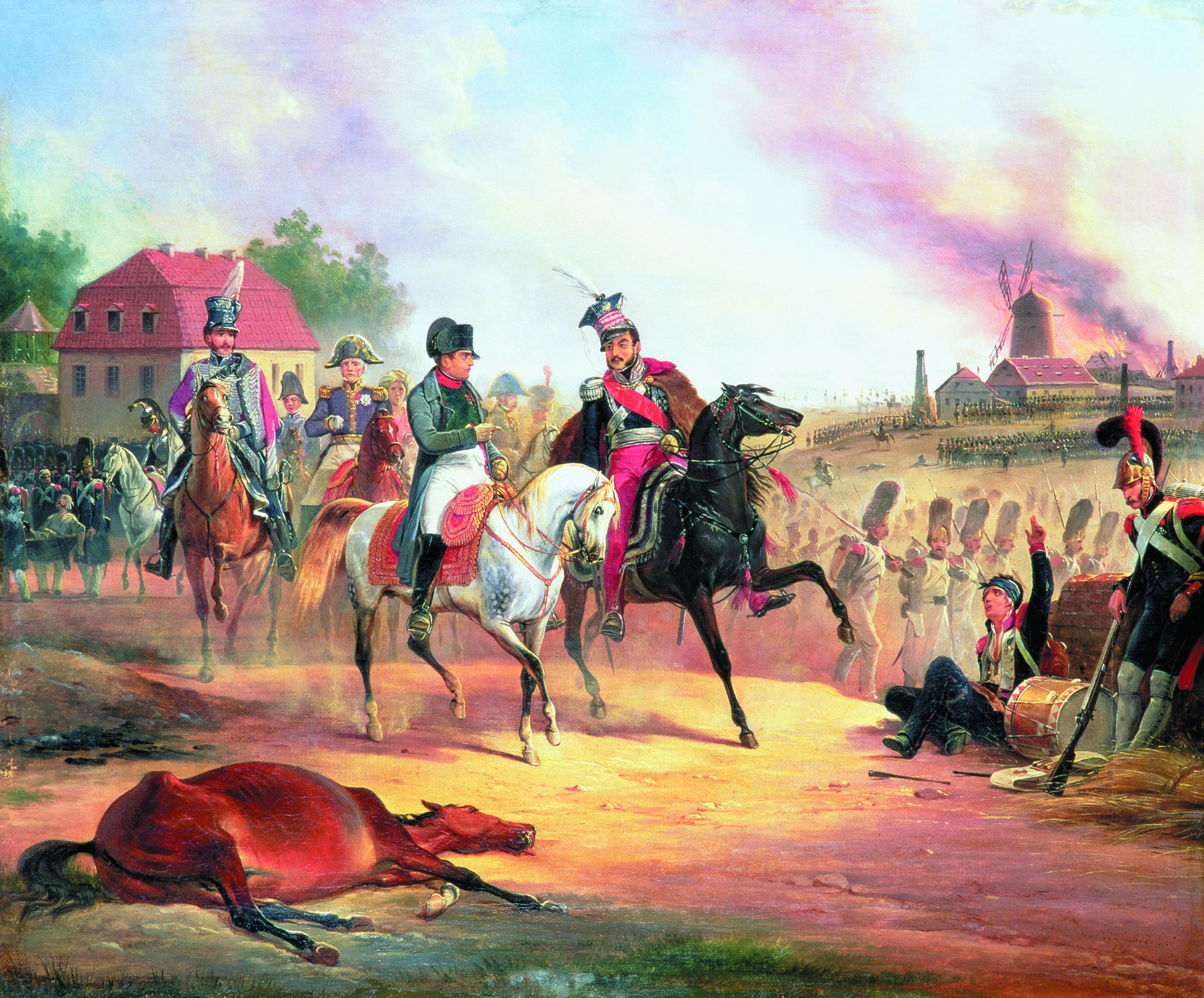


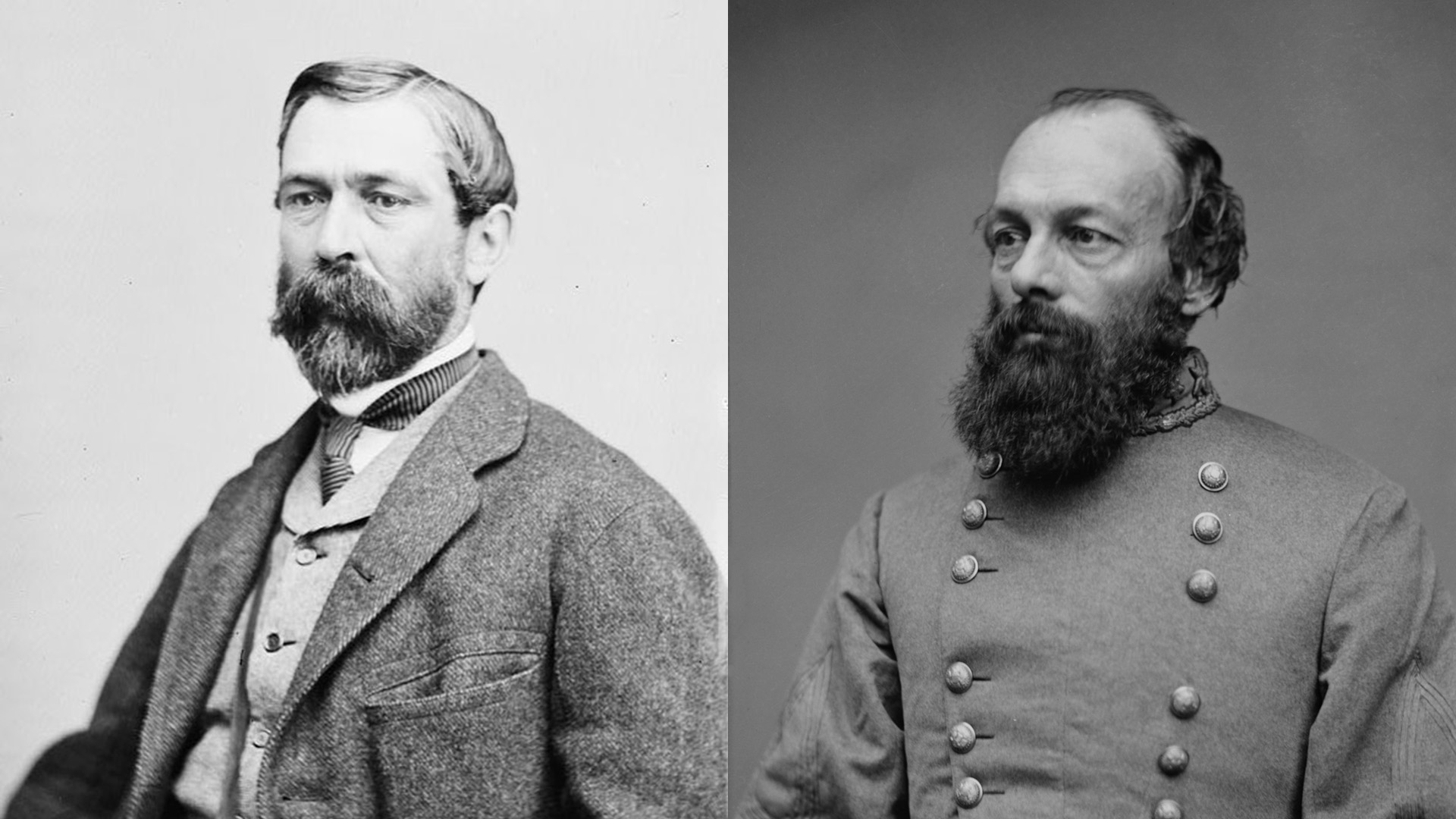

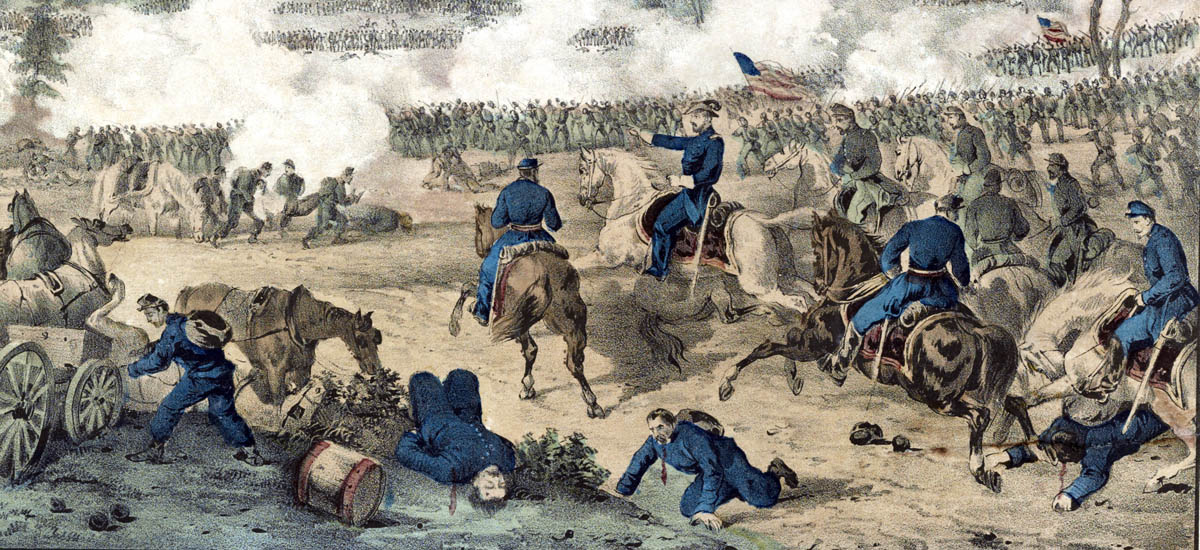
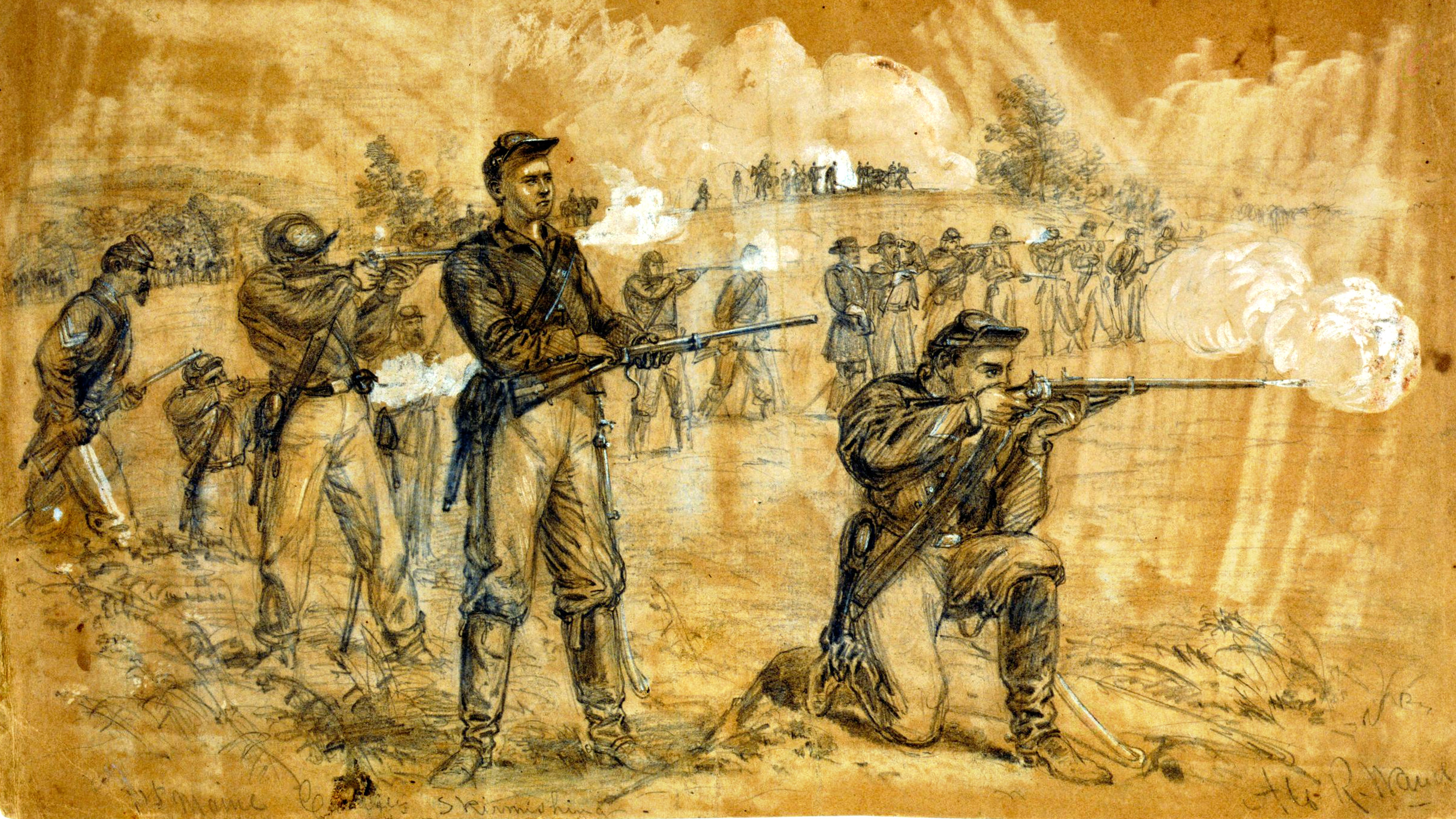
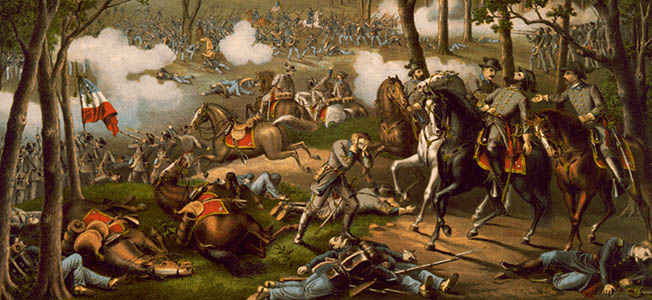
Join The Conversation
Comments
View All Comments